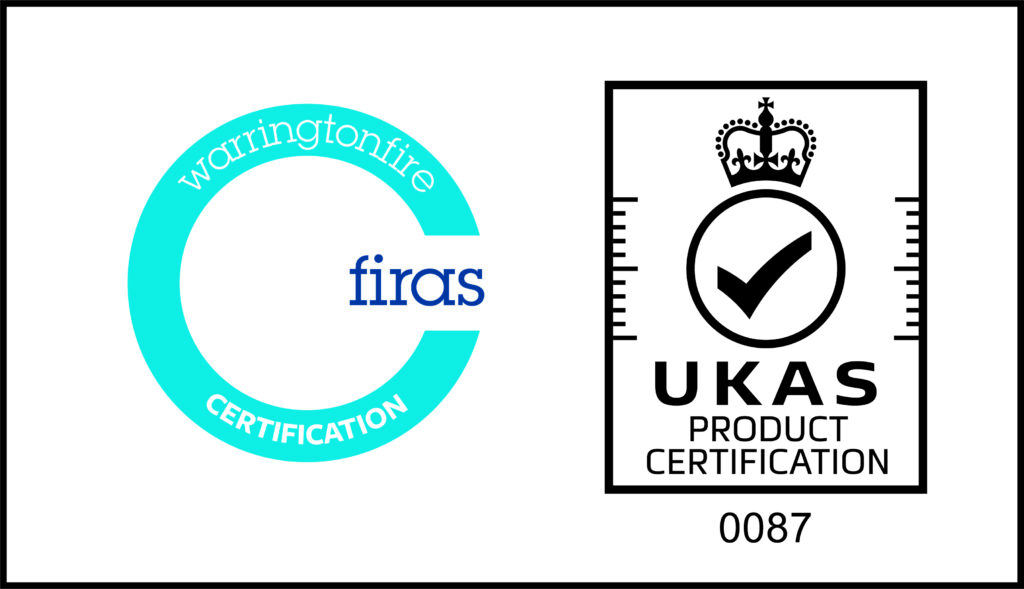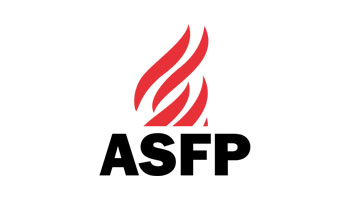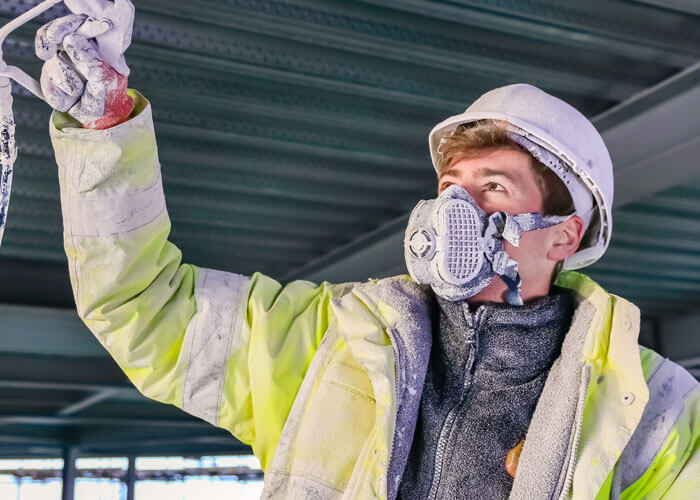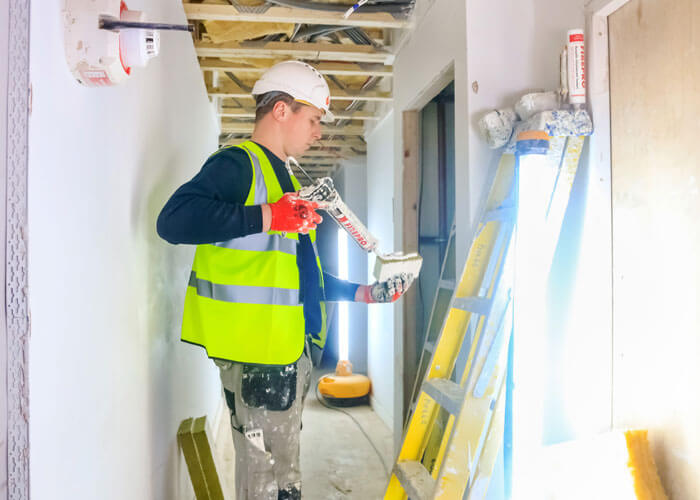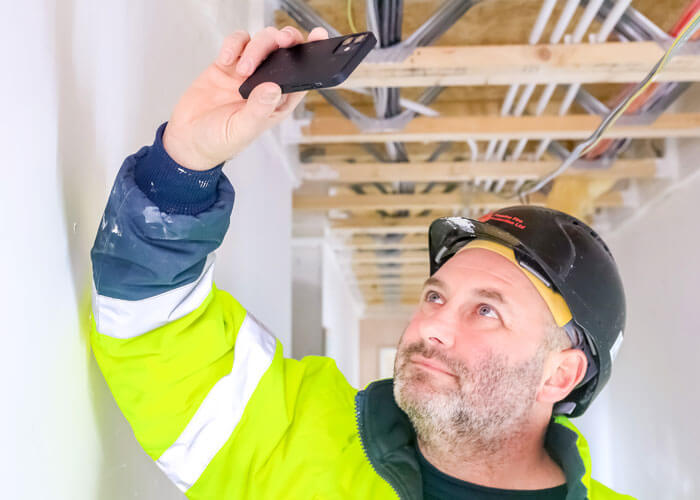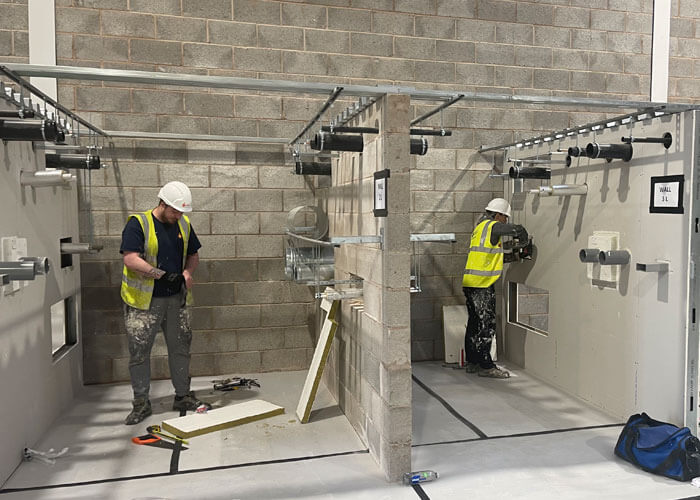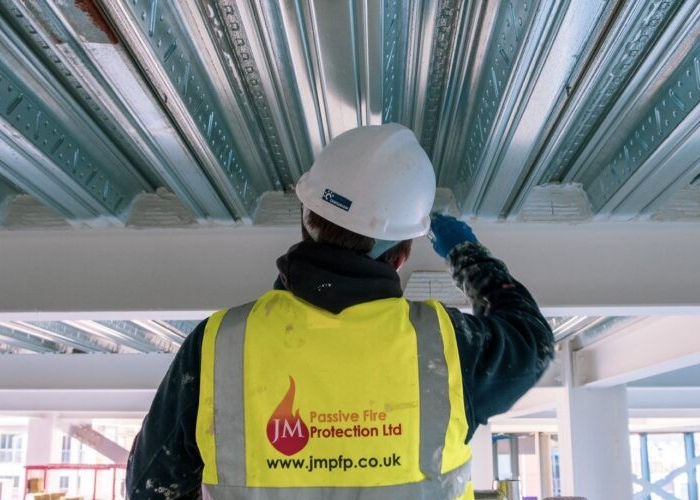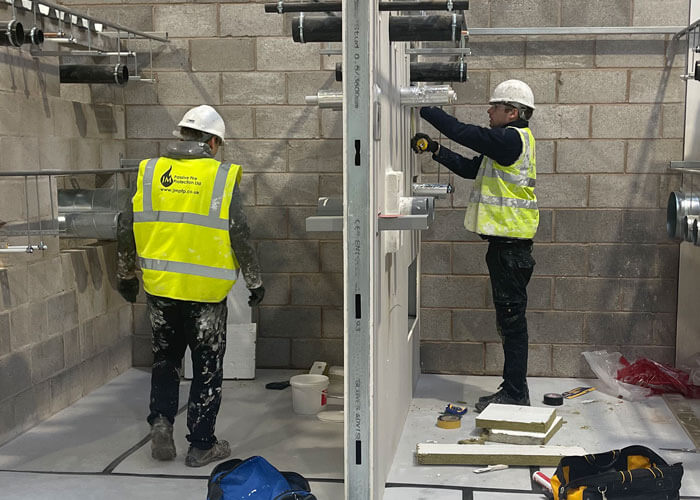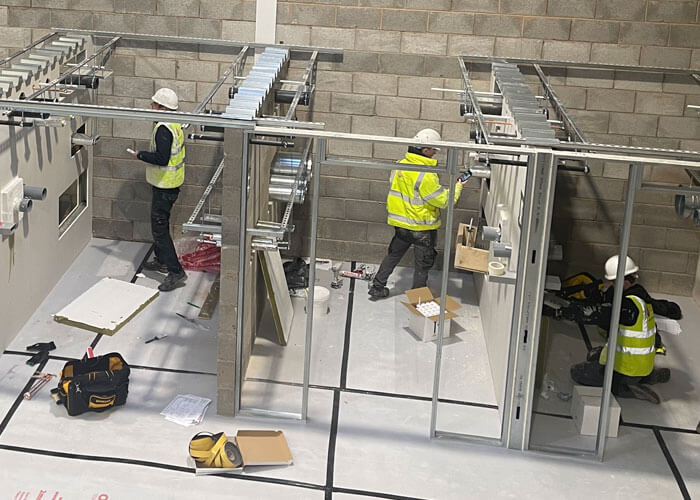
Passive Fire Protection Solutions For You 🔥
Offering services including Fire Stopping, Intumescent Coating, Cavity Barriers, Fire Boarding plus much more
Who Are JM Passive Fire Protection
JM Passive Fire Protection Ltd is a UK-based company specialising in passive fire protection
services. They were established in 2016 and have their headquarters based in Liverpool, the
company was founded by John Maguire FSDIip, SFIDip, who brings over two decades of
experience in the field.
Here at JM Passive Fire Protection John and the team have built a reputation for reliability and customer-focused service, which has contributed to its growth and the establishment of a loyal client base across the UK.
More about JM Passive Fire Protection
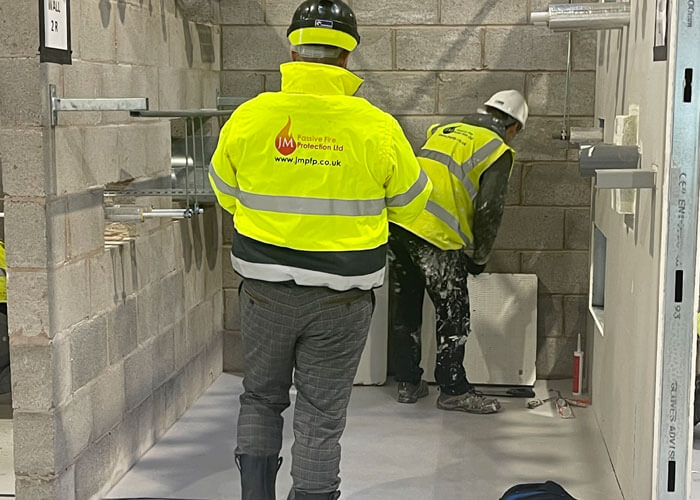
We are a small but rapidly growing fire protection company with hard work from all the team including operatives, supervisors and managers. We pride ourselves in maintaining regular contact with our clients, the on-site operatives and the management teams resulting in dependable and trustworthy relationships.
All our operatives are fully trained and competent to complete jobs to a high standard. We regularly invest in bringing new team members, including apprenticeships, training them with the knowledge and skill set to work efficiently on site to aid in successfully completing an NVQ Level 2 in Passive Fire Protection.
As a business we also make sure that all our supervisors are NVQ Level 3 and SSSTS trained and that all managers are NVQ level 6 and SMSTS trained.
Meet Our Founder & Managing Director – John Maguire FISDip, SFIDip
As managing director to JM Passive Fire Protection, John has spent the best part of his working life in the Passive Fire Protection industry, John has worked on many major projects around the country varying in size and value; his knowledge and expertise are second to none.
During John’s time in the industry, he has gained experience working as an operative, supervisor and manager for some of the major fire protection companies in the UK, bringing widespread experience from his previous varying roles.
Establishing in 2016, JM Passive Fire Protection has become a recognised passive fire protection company within the Northwest, working alongside several renown construction companies, developers and local authorities. With the client always at the forefront, project delivery through the handover has always been paramount and as such is what has made the company reputational.

Working with us here at JM Passive Fire Protection is as easy as 1, 2, 3
PLAN
Perfect planning will be done in line with the architects’ fire strategy plan. Early engagement with the design teams and manufacture is crucial.
WORK
We will have Firas certified, NVQ 2 Passive Fire Protection operatives installing and Level 3 SSSTS supervisors and SMSTS Managers overseeing works.
CERTIFIED
Your building will be signed off and Firas certified!
JM Passive Fire Protection Ltd is a UK-based company specialising in passive fire protection
services. They were established in 2016 and have their headquarters based in Liverpool, the
company was founded by John Maguire FSDIip, SFIDip, who brings over two decades of
experience in the field.
JM Passive Fire Protection focuses on creating fire-resistant barriers within buildings to
contain fires and prevent their spread, thereby enhancing safety and minimizing property
damage.
Meet The Team
Click here to meet the rest our amazing JM Passive Fire Protection team!
Our Accreditations
Providing Passive Fire Protection Services to businesses across the Northwest of England
View All Our Services Here
JM Passive Fire Protection Training Academy

Introducing our latest project, the JMPFP Training Academy! We have thoroughly enjoyed spending the last five years training up our fire stoppers from all backgrounds and experience levels. Watching how well our team has grown alongside the company has motivated and inspired us to dedicate ourselves to teaching the craft of Passive Fire Protection on an even greater level. We have began the enrolment process for our NVQ courses, if this sounds like something you’d be interested in, contact us today at: [email protected]
Over the last few years, we have thoroughly enjoyed taking on and providing opportunity to fire stoppers who have started their careers with little to no experience. It gives us a massive sense of pride to be able to teach and share our trade with those who are willing to learn, and to watch them progress into senior and management roles. We will now be dedicating ourselves to teaching Passive Fire Protection, as well as other relevant trades, full-time. With training facilities that are second to none, working alongside our team who have decades worth of experience, you’ll be sure to start your career in the industry in no time.
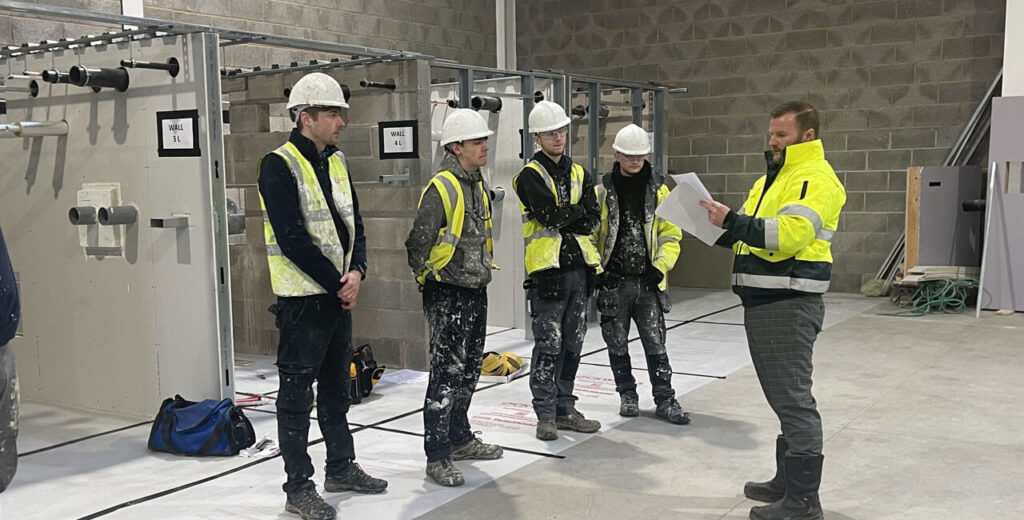

Currently Offering
- GQA Level 1 Award in Construction Health and Safety CSCS Test & Card in house on the same day
- GQA Level 2 NVQ Diploma in Associated Industrial Services Occupations Construction Passive Fire Protection V2

Coming Soon
- Level 1, 2 and 3 In Passive Fire Protection
- Level 1 In Intumescent Coating
- NVQ Level 2 Passive Fire Protection
- Mental Health and Wellbeing
- Management Training Courses
If you are interested in any of the following, please contact clare@jmpfpacuk for more information and start a long, rewarding career in the construction and passive fire protection industry with us today or complete the below form and one the team will come back to you.



